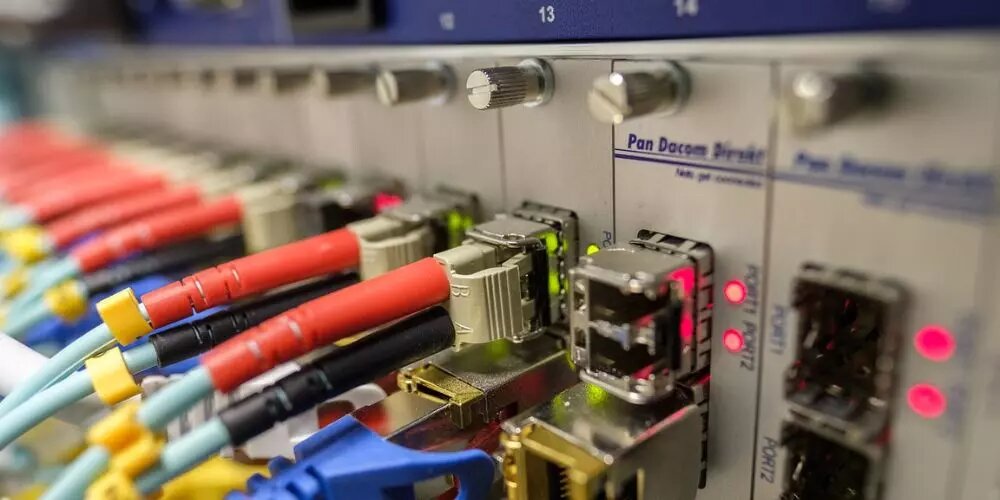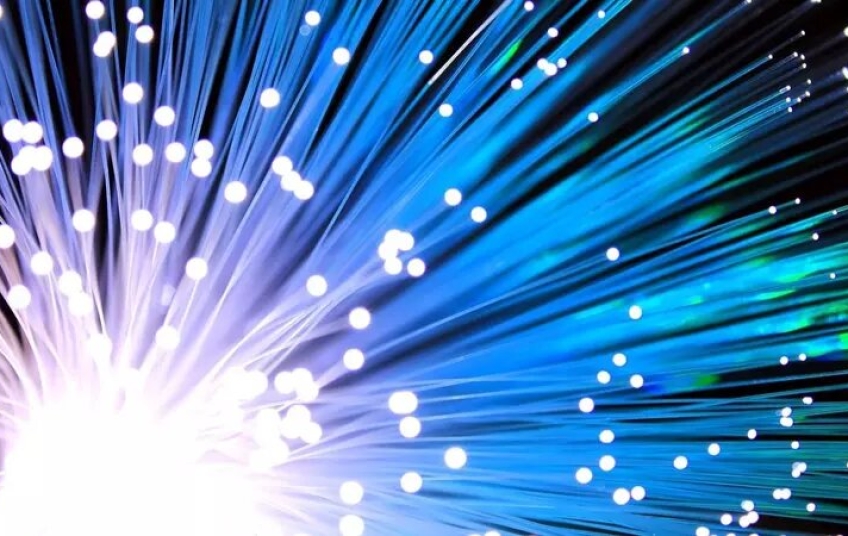It is also possible to improve the fibre without making additional installations. This is how the speed limits previously established for data transfer through fibre optics have just been broken. This has happened using the existing commercial fibre optic cables, so it does not involve an improvement that requires making an extreme investment to carry out a new installation. How have they managed to reach 402 Tb/s?
This achievement was achieved by NICT, the National Institute of Information and Communications Technology of Japan. With the collaboration of other entities and institutes, such as Nokia Bell Labs or the Aston Institute of Photonic Technologies, they have managed to reach the record of 402 Tb/s in a way that has surprised all experts. Their victory has been presented at the Optical Fiber Communication Conference 2024, which brings together the world's leading experts in the fiber optic and telecommunications sector.
An important milestone for the industry
To achieve this important turning point in the use of fibre, NICT experts have resorted to taking advantage of an unused band. This is the 37 THz band, which they have been able to use with equipment consisting of an equaliser and six different types of amplifier. In practice, they have managed to transmit their signal through 50 km of fibre optic cable using a total of 1,505 channels.

The technology used, of course, has been key. The different types of amplifier, taken together, have worked to push the limits and make a new milestone for optical fibre possible. The result is more than 25% higher than the maximum data transfer speed that had been achieved previously, while the transmission bandwidth has increased by 35%. These are positive figures that speak highly of the great achievement achieved by this team of Japanese experts.
How have they achieved this?
As we said, the key has been the choice not only of a bandwidth that was not being used, but also of certain amplifiers. Thus, semiconductor optical amplifiers, a thulium-doped fibre amplifier and Raman amplifiers have been used. The latter have provided a data transmission performance of 256 Tb/s through about 20 THz, while the doped fibre amplifier has used C+L and C band systems. In addition, other amplifiers have also been used whose combined use of the 25 THz band has allowed a rate of up to 119 Tb/s to be reached.
The overall result is what we are talking about, an important milestone in the fibre sector that, above all, highlights the importance of having used existing fibre optic installations. In other words, no other equipment or installation has been used other than the technology that operators are currently using. And what does this mean? First of all, fibre optics has a potential that is still to be discovered, especially when it comes to taking advantage of bands that have not been used to date. Apart from this, it is also very beneficial because it can be assured that current technology can provide a longer life span than had been anticipated in the past. And, thirdly, it serves as a basis for operators around the world to outline the way in which they will carry out the expansion of fibre optics in the future.

As pointed out by the NICT, the most important thing is that this level of data transfer speed has been achieved without resorting to new cables or additional installations. This is essential, since experts usually resort to installations in which the configuration of different fiber optic cables is necessary . But this means an extra investment that does not end up being a future solution for many operators.
Tests such as the NICT, which uses the current installation to push the limits of optical fiber, can help and be essential in the future of Internet access.





